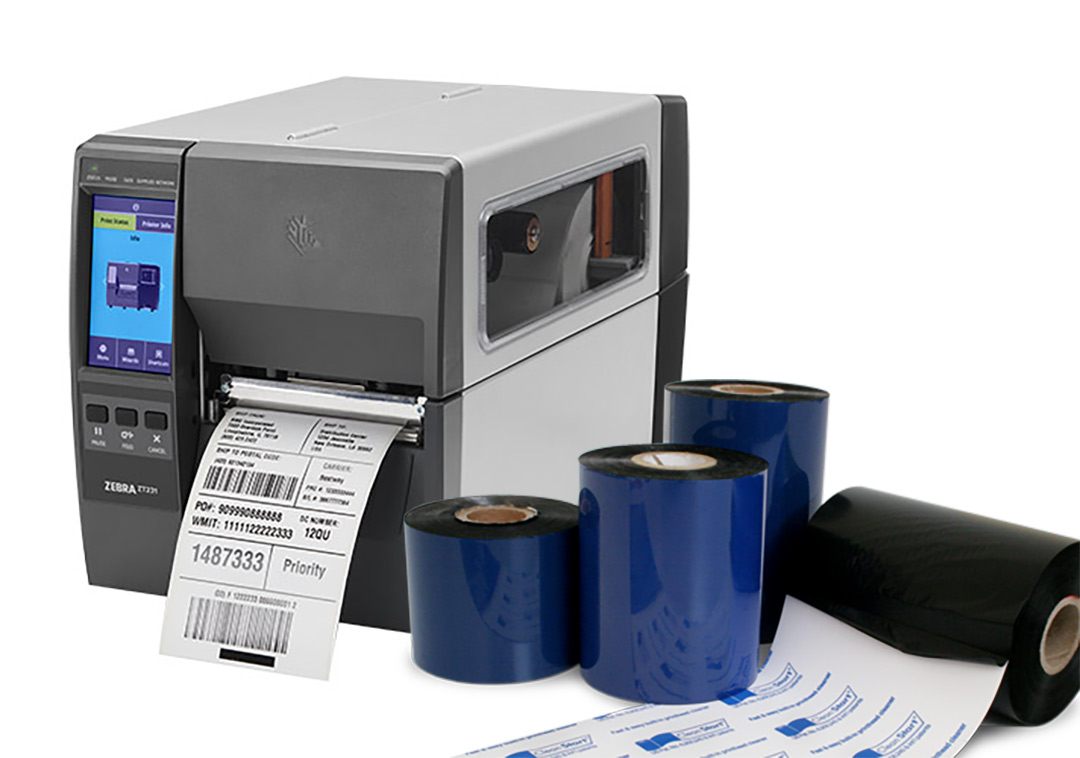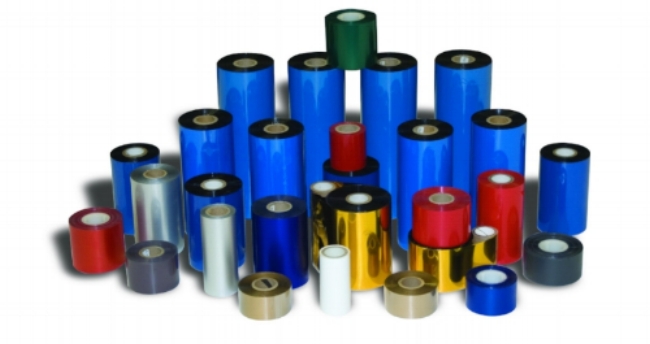Blog
Clothing Size Labels: The Comprehensive Guide for Distributors and Buyers
Garment size labels serve as fundamental elements within the apparel industry. These labels supply vital details about garment dimensions which enable customers to choose appropriate sizes while improving their shopping experience. Clothing size labels represent a crucial and highly sought-after product for distributors and procurement professionals while being an essential component for apparel brands and retail outlets.
The guide provides an in-depth examination of the features, types, benefits, and applications of clothing size labels which delivers essential information to distributors and buyers. This article will guide you through understanding clothing size labels’ importance and assist you in selecting optimal options for expanding your product catalog or providing your clients with top-quality size labels.
**What Are Clothing Size Labels? **
Garments contain small tags or labels which display their size information. Clothing size labels attach to garments through sewing or printing methods while some use heat-transfer processes and include multiple materials and design options. The fashion industry commonly uses clothing size labels to allow customers to quickly determine product sizes.
Key Features of Clothing Size Labels
- Size Information includes easily understood size designations like S, M, L, XL or numerical measurements.
- These durable materials include fabric alongside satin polyester and heat-transfer materials which stand up to washing and everyday wear.
- Consumers can choose from woven labels, printed labels, heat-transfer labels, and adhesive labels for their clothing needs.
- Customizable designs allow manufacturers to incorporate extra details such as care instructions alongside branding elements.
- These applications work well with multiple types of clothing such as shirts, pants, dresses and jackets.
Benefits of Clothing Size Labels
1. Improved Customer Experience
Clothing size labels assist customers in locating the correct size leading to better shopping experiences while minimizing return and exchange rates.
2. Professional Appearance
Garments with high-quality size labels appear polished and professional which demonstrates the brand’s meticulous attention to detail.
3. Essential for Retailers
Size labels help retailers manage inventory and optimize sales operations while ensuring customer satisfaction.
4. Customization Options
Brands can personalize size labels by selecting preferred colors, typography, and logos.
5. Durable and Long-Lasting
The design of clothing size labels allows them to endure multiple washes and wear while remaining attached to the garment during its entire lifespan.
6. Versatility Across Garment Types
Clothing size labels serve as crucial components for both casual and formal garments.
7. Cost-Effective Solution
Size labels provide an economical method to boost garment functionality and brand visibility while maintaining low expenses.
Types of Clothing Size Labels
1. Woven Size Labels
High-quality threads create woven size labels which become part of the fabric through a weaving process. These labels maintain their durability while remaining soft which makes them perfect choices for luxury clothing items.
2. Printed Size Labels
Printed size labels utilize satin or polyester materials to display size information through printing. Printed size labels provide affordable solutions that work well with many different types of garments.
3. Heat-Transfer Size Labels
Heat-transfer size labels attach to garments through the combined application of heat and pressure. The tagless construction of heat-transfer size labels delivers a comfortable and uninterrupted wearing experience for customers.
4. Adhesive Size Labels
Retail displays and packaging often utilize temporary adhesive size labels. They can be easily removed after purchase.
5. Fabric Size Tabs
Small fabric tags called fabric size tabs display size information. These tags appear next to both care labels and brand labels.
6. Custom Size Labels
Custom size labels allow you to add brand logos and care instructions or country of origin details for a custom design solution.

Applications of Clothing Size Labels
1. Retail and Apparel Stores
Size labels on clothing are vital for retail stores because they enable customers to find their sizes while simplifying store inventory organization.
2. Fashion Brands
Fashion brands apply size labels to standardize their sizing systems and strengthen their brand recognition.
3. Uniforms and Workwear
Size labels play a crucial role in uniforms and workwear to guarantee accurate fitting and systematized organization.
4. Sportswear and Activewear
The sportswear industry utilizes size labels to guide customers toward finding garments that deliver both comfort and performance through accurate fitting.
5. Children’s Clothing
Children clothing size labels feature detailed info about age ranges or height measurements to help parents select the correct size.
6. Online Retailers
Online retailers depend on size labels to reduce returns through accurate sizing information.
7. Manufacturers and Distributors
During production and shipping manufacturers and distributors categorize and organize garments using size labels.
Selecting clothing size labels requires careful attention to multiple factors that fit your business needs.
The process of choosing clothing size labels for your business demands consideration of multiple factors to make sure they fulfill your particular requirements.
1. Material Quality
Select materials known for their durability to endure repeated washing and drying cycles and normal usage. The most popular material choices for size labels are satin, polyester, and woven fabric.
2. Label Type
Choose the label type that matches both the type of garment and the needs of your target audience. Luxury apparel benefits from woven labels but activewear performs best with heat-transfer labels.
3. Size and Design
The size labels must be clear and legible with dimensions that fit the garment well. Custom branding elements can enhance your garments’ professional appearance.
4. Comfort
Select soft and non-irritating labels to maintain customer comfort when producing underwear or activewear garments.
5. Customization Options
Select suppliers that provide customization features so that you can add logos and care instructions along with other information to labels.
6. Environmental Impact
Choose sustainable materials and production processes when your company prioritizes environmental responsibility.
7. Supplier Reliability
Work with a reliable supplier that delivers high-quality products along with dependable customer support and quick delivery times.
Clothing size labels represent a crucial product category for distributors and buyers because they meet widespread demand and play a vital role in the apparel business.
Clothing size labels represent a key product category for distributors and buyers because they meet universal demand requirements in the apparel sector. By offering high-quality size labels, you can:
- Address the demands of fashion brands along with retailers and manufacturers through your product offerings.
- Develop an economical solution that boosts garment functionality as well as brand identity.
- Maintain enduring client relationships through the provision of dependable products that customers can tailor to their needs.
- Maintain market competitiveness through provision of high-quality size labeling solutions that meet increasing demand.
The apparel industry’s growth ensures a steady demand for clothing size labels which establishes them as an important product for distributors and buyers.

Conclusion
The apparel industry depends heavily on clothing size labels because they deliver crucial sizing details which improve garment usability. Their ability to adapt to different uses combined with their long-lasting nature and customizable features makes them essential products for fashion and retail businesses. Distributors and buyers should provide high-quality clothing size labels to meet market demands while expanding their business operations.
Our team stands ready to support you as you explore premium clothing size labels or address any inquiries you may have. Reach out to us today to discover more information about our product offerings and services.
Frequently Asked Questions (FAQ)
**1. What are clothing size labels used for? **
Clothing size labels display garment measurements which enable customers to select appropriate sizes and assist retailers in managing their stock.
**2. Clothing size labels consist of fabric, satin, polyester or heat-transfer materials based on their specific use cases. **
The materials used to create clothing size labels vary between fabric, satin, polyester or heat-transfer options based on their intended use.
**3. How do I customize clothing size labels? **
Clothing size labels can be personalized with logos and care instructions or transformed with specific designs. Various suppliers provide customization features to align with your brand requirements.
**4. Woven size labels result from weaving threads into fabric which produces soft and durable labels while printed size labels use materials such as satin or polyester to print information making them a more affordable choice. **
The production of woven size labels involves weaving threads into fabric which gives them durability along with softness. Printed size labels use satin or polyester materials to display printed information which provides an affordable solution.
**5. Explore high-quality clothing size labels through our offerings at *FOYO*. **
Premium clothing size labels are available through our contact at FOYO. Our product selection provides multiple options for your business requirements.
Contact Us
📩 sales@foyottr.com
📞 Tel: +86-592-6018320
🌐 https://foyottr.com/
Visit our Contact Page to get started or request a quote today.

